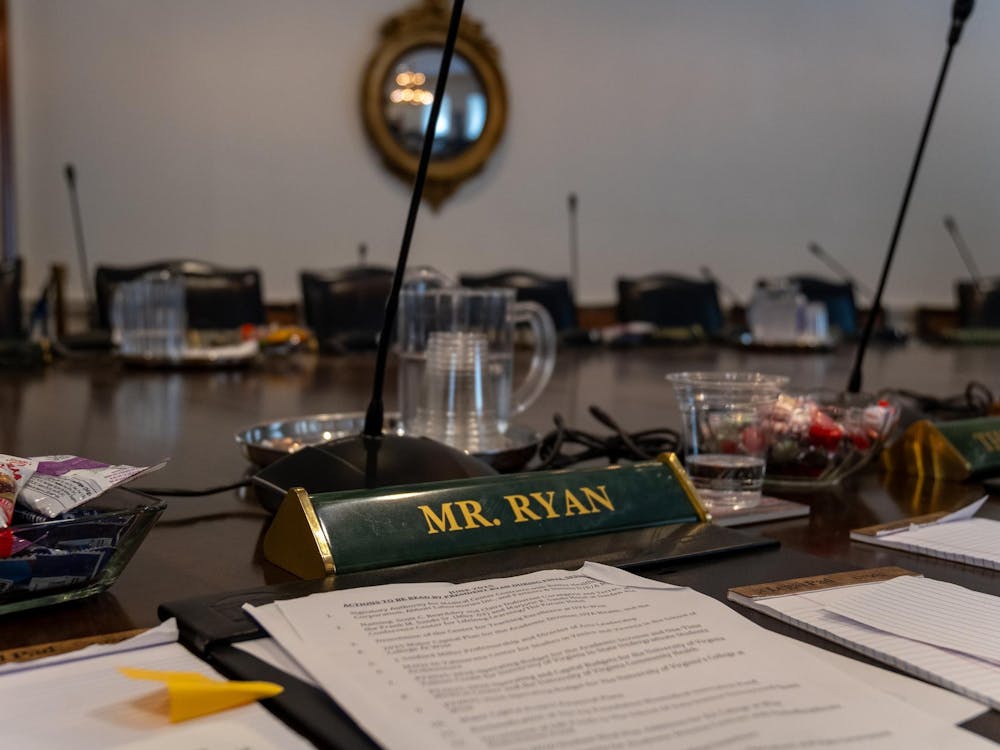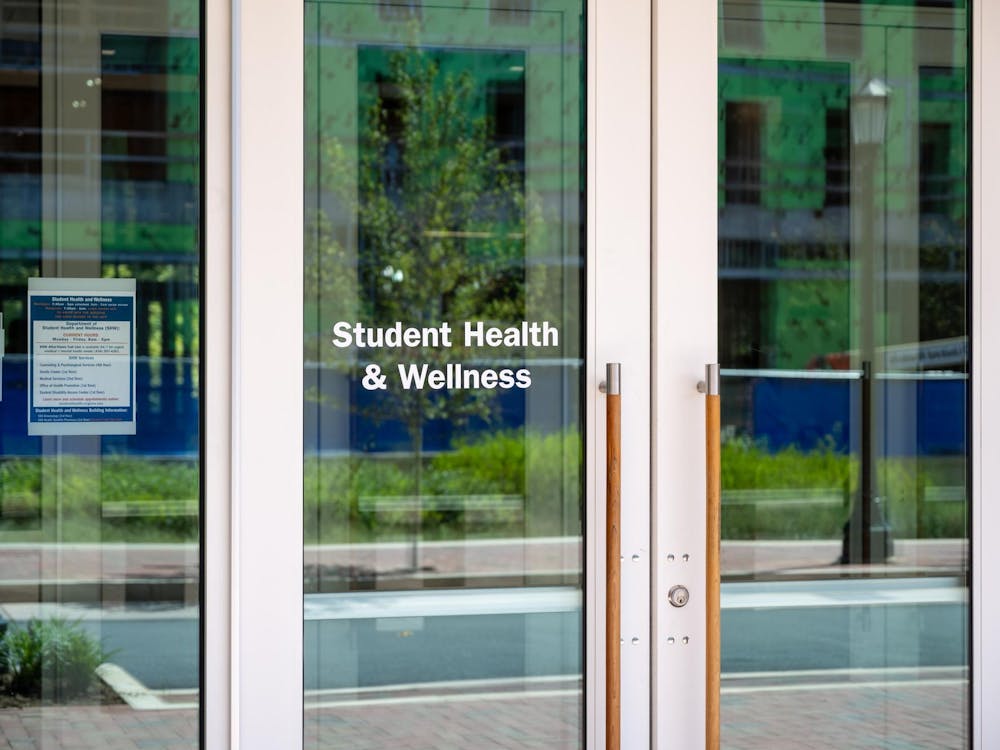The "U.Va Bay Game/Analytics," an in-depth simulation of the interactions contributing to the health of the Chesapeake Bay watershed, has been picked up by IBM's world community grid project. IBM's support for the project will greatly cut down on the time and resources required to run thousands of parallel simulations needed for the University-generated program.
IBM announced Tuesday that the University's project, along with two separate water health initiatives in China and Brazil, will gain access to a worldwide network of personal computers free of charge.
By running code on the one-and-a-half million personal computers made available by more than 600,000 volunteers in 80 countries, the grid will condense years worth of computations into only a few months, explained Ari Fishkind, a public affairs officer at IBM.
The current program involves a much more detailed simulation model than the initial highly aggregated Bay Game released in April.
As explained by Engineering Prof. Gerard Learmonth, who designed and created the simulation in a collaboration among eight different schools, the new model runs multiple simulations in tandem, each with a different set of parameters, to examine the impacts of land area, river sections, sources of pollution, population growth and stakeholder choices.
In a technique far less expensive and than using a supercomputer, the grid runs programs in the background of volunteers' computers while they are performing low-power tasks such as word processing or checking their e-mail, Fishkind said. This number-crunching technique "helps solve serious challenges without out spending any time or expertise on the problem," he added.
Ultimately, the results of this simulation may prove invaluable to policymakers and residents of the Chesapeake Bay Watershed.
In May, Learmonth noted, President Obama issued an executive order demanding the Chesapeake Bay to be cleaned up. Those involved believe that by running this simulation model on the grid, they will create an informative tool for states and communities to determine how they are going to meet the requirements of this order.
In what he described as the "law of unintended consequences," Learmonth said, "oftentimes the best intentions don't pan out."
"The simulation gives us the opportunity to sift through a lot of those situations before we try something," he said.
Currently the code is still being refined. Once all the finishing touches have been applied, the University will send the code to IBM for review to make sure no Trojan horses or viruses exist, and then it will be sent out to the grid. Gearmonth says the final version will hopefully be distributed this fall, after which the simulation will be finished within 12 months.
"I'm certain that we're going to have some very interesting and useful results," Learmonth said.






